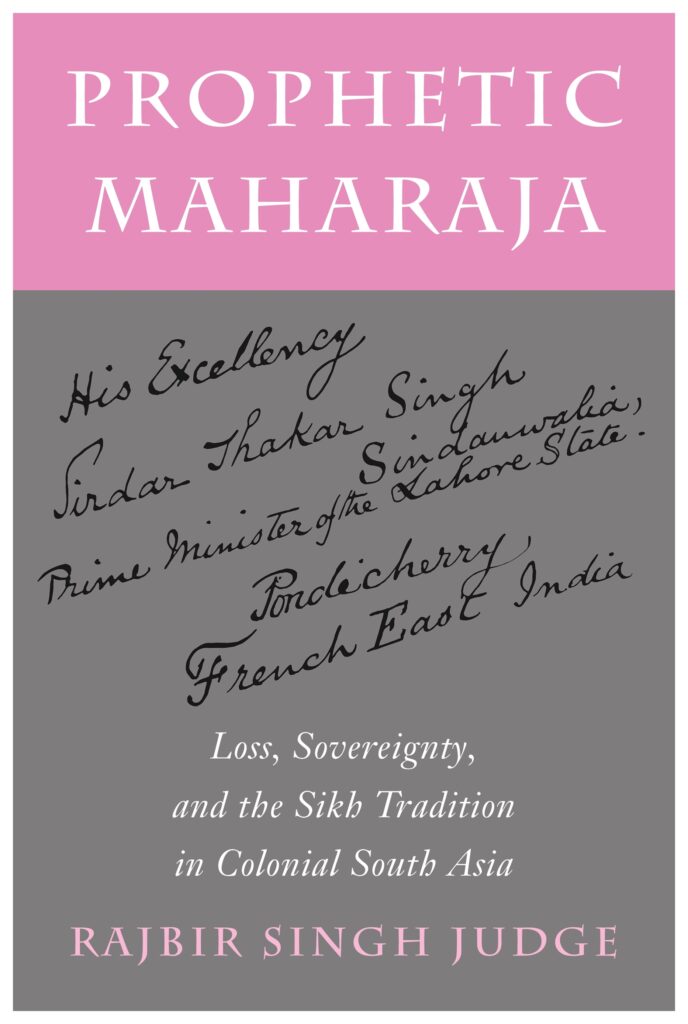 To write history in a typical fashion is to attempt to wrestle meaning from contingency. It is to take the details of an archive and give them a narrative form that can be held onto and relayed to others. This form of writing assumes coherence and stability govern our shared human existence and that it is the duty of the historian to reconstruct the past in a way that steadies the present. In this sense, the typical historian is not ideologically neutral, but instead invested in a particular worldview. It is one that seeks to cover over the messiness of the past to calm our nerves in the present.
To write history in a typical fashion is to attempt to wrestle meaning from contingency. It is to take the details of an archive and give them a narrative form that can be held onto and relayed to others. This form of writing assumes coherence and stability govern our shared human existence and that it is the duty of the historian to reconstruct the past in a way that steadies the present. In this sense, the typical historian is not ideologically neutral, but instead invested in a particular worldview. It is one that seeks to cover over the messiness of the past to calm our nerves in the present.
As Rajbir Singh Judge shows in his theoretically and historically layered volume, Prophetic Maharaja: Loss, Sovereignty, and the Sikh Tradition in South Asia, these ideals around the purpose of the history arose simultaneously with the forces of colonialism and nation-building. This ideology has extended into history writing on 19th and 20th century South Asia. As Singh puts it, “Rather than contend with the constitutive nature of loss that makes history necessarily incomplete, scholars excavate history to settle the syncretic past (its fluidity) and the communalist present (its rigidity)” (22). By focusing on the loss of the Khalsa Raj—that is, an independent Sikh state in what is today portions of Northern India and Eastern Pakistan—and the possibilities of its return in the figure of Duleep Singh, Judge develops a different approach to historical methodology. This is a methodology that does not theorize but instead follows the “various rhythms of loss” (13). Utilizing psychoanalysis as a theoretical guide to dwell with loss, Singh draws us into the webs of meaning that circulated around Duleep Singh as he attempted to return to the Punjab region from England so as to reclaim sovereignty over the land where the majority of Sikhs lived. From the letters of Singh himself, to the communications between colonial officials, and to newspaper records, Judge details the wrangling over the meaning of Duleep Singh among his contemporaries without himself ever settling on the meaning of Duleep Singh.
In her response, Purnima Dhavan praises Judge’s critique of the practice of history, yet wonders if there might yet be room for historization that does not lead to the ethical problems that follow from the desire to attain “narrative coherence.” Part of creating such a history requires drawing on archives that lie outside the colonial gaze—the perspectives of regular Sikhs living in the areas in question. For Dhavan, to let go of a singular narrative around Duleep Singh, which she agrees with Judge we should do, does not require that we discard all narrative. It rather requires that we expand the scope of who is included within it.
manmit singh meanwhile, brings to their examination of Judge’s text a concern with queer and feminist Sikh studies. singh finds points of connection between queer critiques of biological determinism with Judge’s untangling of the thread of a coherent Sikh identity. By seeing Sikhs as queer subjects, singh shows how Judge’s study not only challenges the colonial desire to fix Sikh identity so as to control it, but also the colonial desire to fix gender so as to control it. Key to both queer and Sikh discourse is an emphasis on dissolving the subject, albeit towards different ends. By reading these discourses together, then, new horizons of liberation become possible to imagine.
In his engagement with Judge, Nirvikar Singh traces some of the key political developments in the Punjab region where Duleep Singh hoped to reestablish the Khalsa Raj. One of Singh’s important contributions is in bringing this political history into the present. In particular he argues that the thriving of Sikhs today will depend not only on the revitalization of the Sikh tradition’s concern with ethics and justice but also with addressing the material economic concerns of the region. He cautions that focusing on Sikh sovereignty in the Punjab will not address the challenges the people in the region face.
Randeep Singh Hothi unpacks the notion of loss and the “loss of loss” as it is developed by Singh. He contends that this notion of loss makes possible creative reimaginings for community life and tradition that would otherwise be excluded. This is because the meaning of the lost object itself becomes a matter of debate within the community that has no resolution. But this resolution, for Hothi, points to the positive outcome of continued debate and learning within the community.
Harini Kumar, finally, brings out the relationship between Judge’s methodology and ethics. She argues that Judge refuses to stay within the disciplinary boundaries demarcated by the discipline of history. She contends that this move mirrors the refusal among some anthropologists of Indigenous groups to make their “data” available to the wider academy. This refusal represents an ethics that respects the sovereignty of those who might be threatened when the content of their societies are theorized in the language of the academy, and therefore the intuitional order of the western nation-state.
Centered around the themes of protest, archival research, secular historiography, and the limits of persuasion for effecting political change in our currently political atmosphere, Judge’s response engages closely with each contribution to this symposium.
In times of political and social upheaval, it is tempting to retreat to the past for certainties. Popular historical narratives, especially, attempt to offer “lessons” from the past that we can use to make criticisms of the present. What Judge suggests, however, is that the past never contains the certainties we like to project onto it, and thus that the present is unlikely to contain them either. If a political theory might be imagined that emerges from Judge’s account it would be the agonism that never rests on stable taxonomic distinctions or moralized tales of the past. Rather it would be one that begins, as Hothi suggests, in engaging and listening to those with whom we share a community.
In this way, Judge’s book rejects the modernist progressive narrative, which pins our hopes on an idyllic future, and the conservative reactionary responses to that narrative, which pins our hopes on a mythic past. Judge, instead, forces us to grapple with the everyday and the ordinary as sites of contestation.

